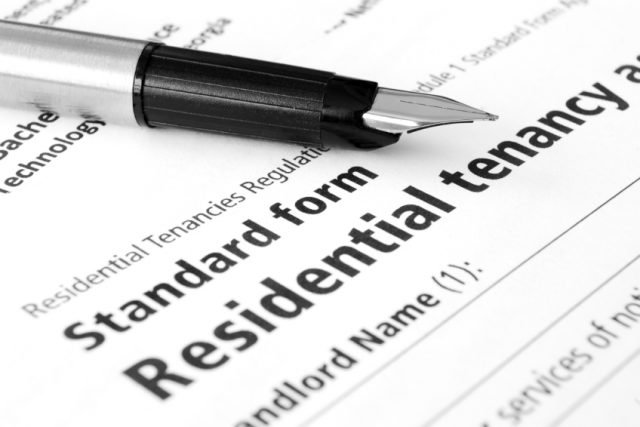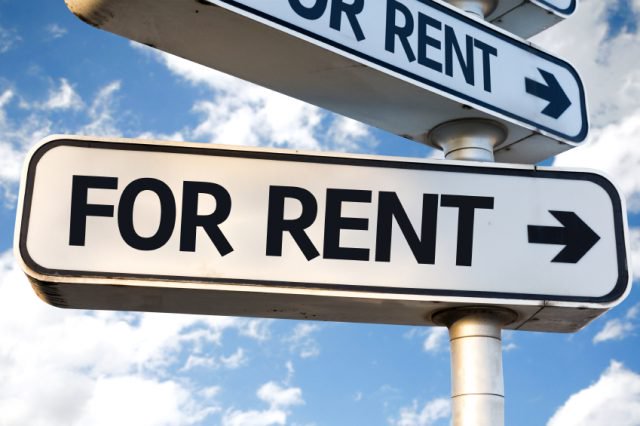Landlord jailed after cannabis cultivation
A buy-to-let landlord has been put behind bars after being found guilty of growing cannabis with a value of £75,000 in one of his properties.
Despite claims that he was unaware of the cultivation, James Sullivan, 61, was given a three-year jail term.
Scent down
Officers were alerted to the illegal cultivation after detecting a scent from the street outside the house in Plymouth. When entering the property, the officers found 64 mature plants, some of which reached 4ft in height.
Mr Sullivan, a former paratrooper, was found guilty of growing cannabis between December 2012 and February 2013 and was sentenced to four years behind bars. However, this conviction was quashed by the Court of Appeal.
Addressing the most recent conviction, judge Ian Lawrie said: ‘you are a man of good character and what on Earth possessed you to get involved in criminal activity at this stage in your life, I do not know. But you are going to have to pay a heavy price.’[1]

Landlord jailed after cannabis cultivation
Going to pot
The case of Mr Sullivan highlights the need for landlords to be wary of their tenants growing cannabis in their rental property.
In the last year alone, police seized 456,911 plants across Britain, according to Direct Line for Business. In London, 59,002 plants were found, more than in any other part of the country.
Birmingham is also the second city in terms of cannabis cultivation, with police in the West Midlands confiscating 52,218 plants. In greater Manchester, officers found 33,547 plants.
Jane Guaschi, business manager at Direct Line for Business, noted, ‘the consequences of a cannabis farm on a landlord’s property can be financially catastrophic.’[1]
Offering advice for landlords, Guaschi said, ‘landlords should check to see if their insurance policy covers them for malicious damage as it’s not just the structural damage that could have insurance implications, it’s the financial headache of the clean-up that will hurt the landlord’s back pocket. What’s more, landlords could face the loss of rent and the stress of the legal wrangling during periods of repair or eviction.’[1]
[1] https://www.landlordtoday.co.uk/breaking-news/2016/5/landlord-jailed-for-marijuana-related-crime




